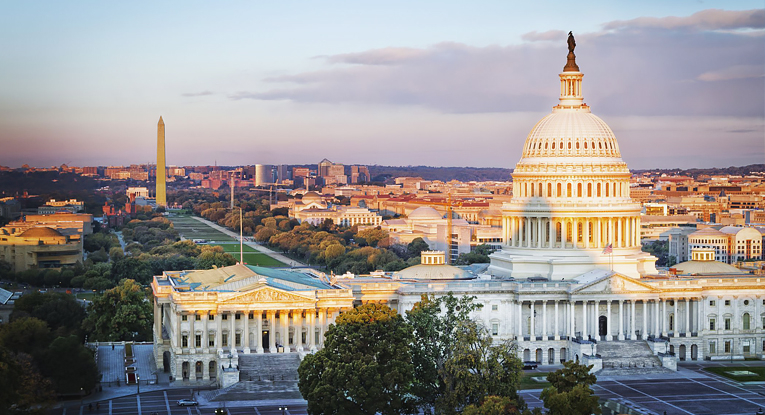Important Massachusetts PFML Updates
Effective Nov. 1, 2023, the Massachusetts Paid Family Medical Leave (PFML) law (MGL ch. 175M) will, for the first time, allow employees to use accrued paid leave, such as sick time, vacation time and personal days, to supplement PFML benefits at any time during leave. As a result, employees will be able to use accrued PTO and other employer-provided paid leave to “true up” their PFML benefit payments, rather than forfeiting those payments. The Department of Family and Medical Leave has also announced the new contribution and benefit amounts for 2024. The following summarizes these important updates to the PFML.
Amendment Allows Use of Accrued Paid Leave Concurrently with PFML Benefits
For claims filed prior to Nov. 1, 2023, the PFML scheme restricts employees’ use of vacation and other similar accrued paid leave to the initial seven-calendar-day unpaid waiting period; an employee who uses employer-provided accrued paid leave at any other time during a qualifying absence forfeits PFML benefits during that period, since only pay under an employer’s temporary disability policy or program and its internal paid family or medical leave policy may be used concurrently with receipt of PFML benefits. As a result, employees whose PFML benefit payments are lower than their regular weekly pay have seen a reduction in their wages, since they have not been able to use available paid leave to “true up” their pay during approved leave.
The amendment, which will apply to claims filed on or after Nov. 1, 2023, will help bridge this income gap by allowing employees to use accrued paid leave to supplement their PFML payments. The decision whether to do so continues to rest with the employee—employers may not compel employees to use their accrued paid leave while receiving PFML benefits. Importantly, these changes affect all Massachusetts employers, including both those that pay into the state-administered leave system and those that qualify for an exemption (through either a self-insured or a third-party private plan). Because exemptions are granted only when the private plan provides benefits that are “greater than or equal to those provided” under the PFML, an employer may lose the exemption unless it ensures that its private plan provides the same ability to use accrued paid leave.
New Contribution and Benefits Rates
The Department has also issued its annual updates to the contribution rates administered by employers and the weekly maximum benefit amounts for employees. For 2024, the weekly benefit amount will be capped at $1,144.90, up from $1,129.82 per week in 2023. In addition, the employer contribution rate will increase from 0.63% to 0.88% of eligible wages (up to a specified cap) for employers with 25 or more covered individuals, and from 0.318% to 0.46% for smaller employers. Detailed information regarding how the 2024 contribution rate is divided between family versus medical leave and between employer versus employee is available at the Department’s website. Updated employee notice documents, however, are not yet available from the Department.
Employer Considerations
Employers should promptly review their policies and procedures to ensure they are prepared for the Nov. 1 change in the treatment of accrued paid leave usage and should stay tuned for guidance from the Department. In addition, employers should ensure they are ready to implement the new contribution rates and plan to comply with the employee notice requirement prior to Jan. 1 by issuing updated PFML contribution rate information to employees once the Department publishes updated notice documents.
If you have any questions regarding the changes to the PFML, please reach out to your regular Armstrong Teasdale lawyer or one of the authors.









































